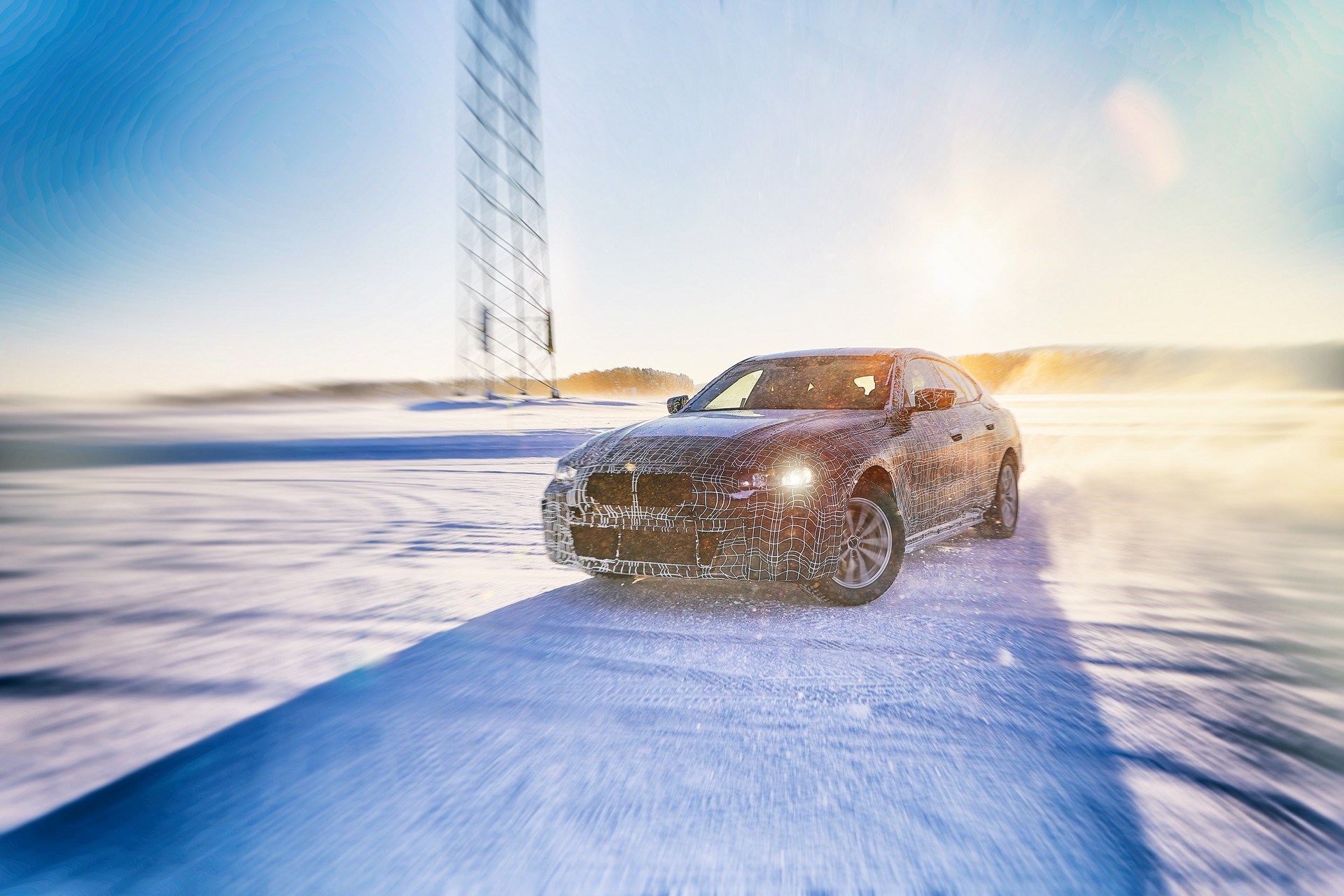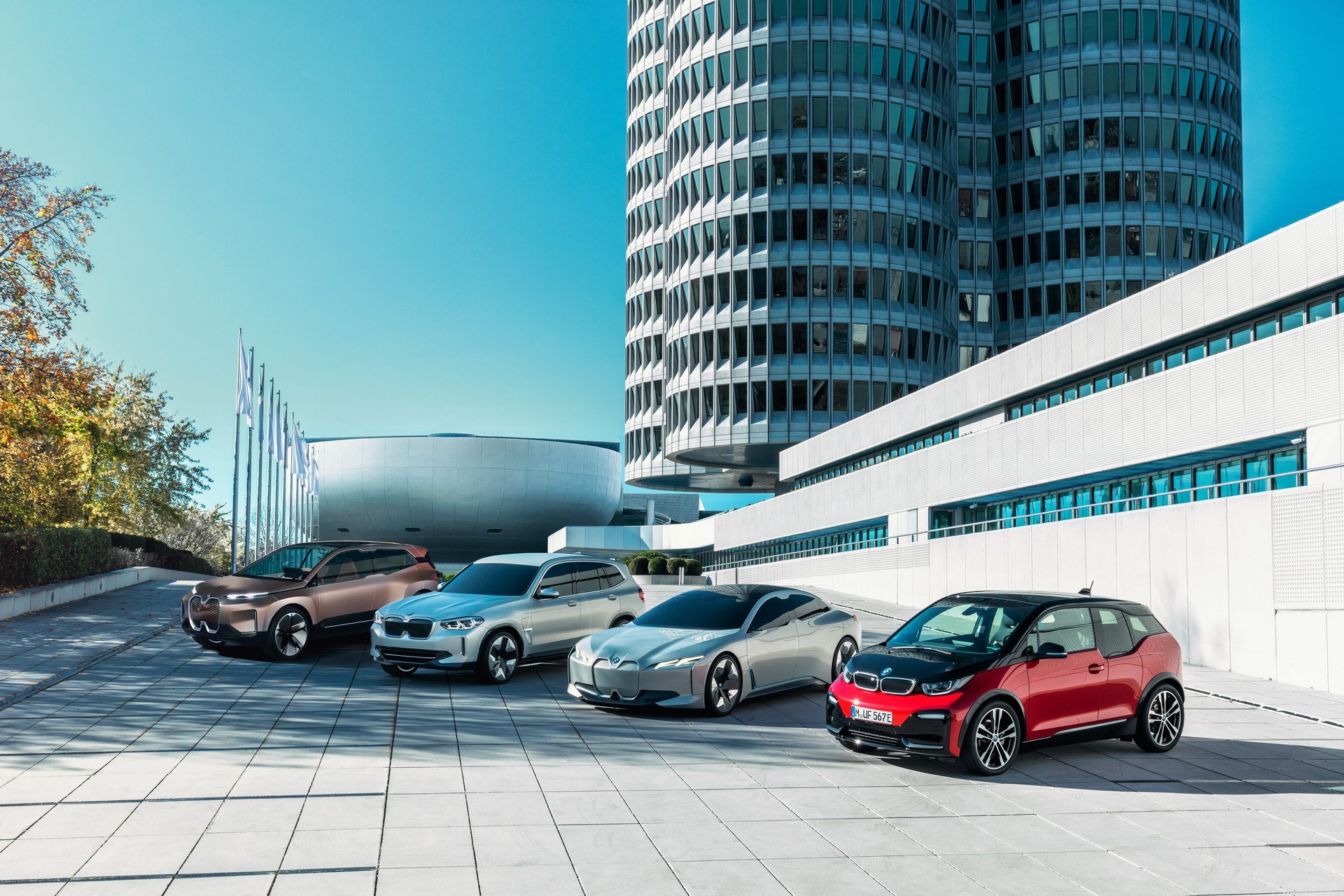While BMW has had the fully electric i3 in its line-up for quite some time, it could also be argued that the firm hasn't poured as much focus into the EV world in recent years as the likes of Porsche, Audi, and Mercedes-Benz — all of which have either debuted a new product in the segment this year or are set to debut one next year.
But, things look set to change at BMW, with yet more details being unveiled overnight regarding its i4 sedan — expected to launch in either 2021 or 2022.
More pictures of the i4 in camouflage were published overnight, along with a raft of new details regarding the model's specifications. Most notably, BMW specified its power output; 390kW of power from BMW's fifth-generation eDrive powertrain, sent to the rear wheels. A hefty amount to be sure, and more than you get out of a current M3 or M4 (an M4 Competition, for example, makes 338kW).

The sprint from stationary to 100km/h will take four seconds flat, BMW says, with top speed sitting in the vicinity of 200km/h. Yup, despite packing more power than an M4 Competition, the i4 is still set to be quite a lot slower than most of the Tesla Model 3 line-up. Entry-level Model 3s can hit 209km/h, while the Performance is good for a claimed 261km/h and a 0–100km/h of 3.4 seconds.
Maybe an M model will fix that. Mi4? i4M?
Read more: Mini unveils the fully electric Cooper SE
The i4's 80kWh battery is said to be good for 600km of range on a single charge in the WLTP cycle. What's also impressive is the recharging times. BMW says that owners will be able to recharge the i4 to 80 per cent in 35 minutes.
Not only is that handy news for the i4, but it's also good news for the rest of BMW's electric plans. A version of the same eDrive powertrain will be found in the iX3 and iNEXT — two of the firm's other upcoming EV projects.
"A crucial advantage of this fifth-generation system is that the electric motor, transmission and power electronics now form a single, highly integrated electric drive component," said BMW Vice President of electric powertrain development, Stefan Juraschek, last December.

"This extremely compact unit takes up far less space than the three separate components used in preceding generations. Its modular construction means that it is scalable, too, allowing it to be modified to suit all sorts of different installation spaces and power requirements," he added.
"The modular 'building block' concept will allow the new batteries to be incorporated flexibly into every vehicle architecture. Another highly integrated component will be added to the portfolio in the form of a DC/DC charger unit."








